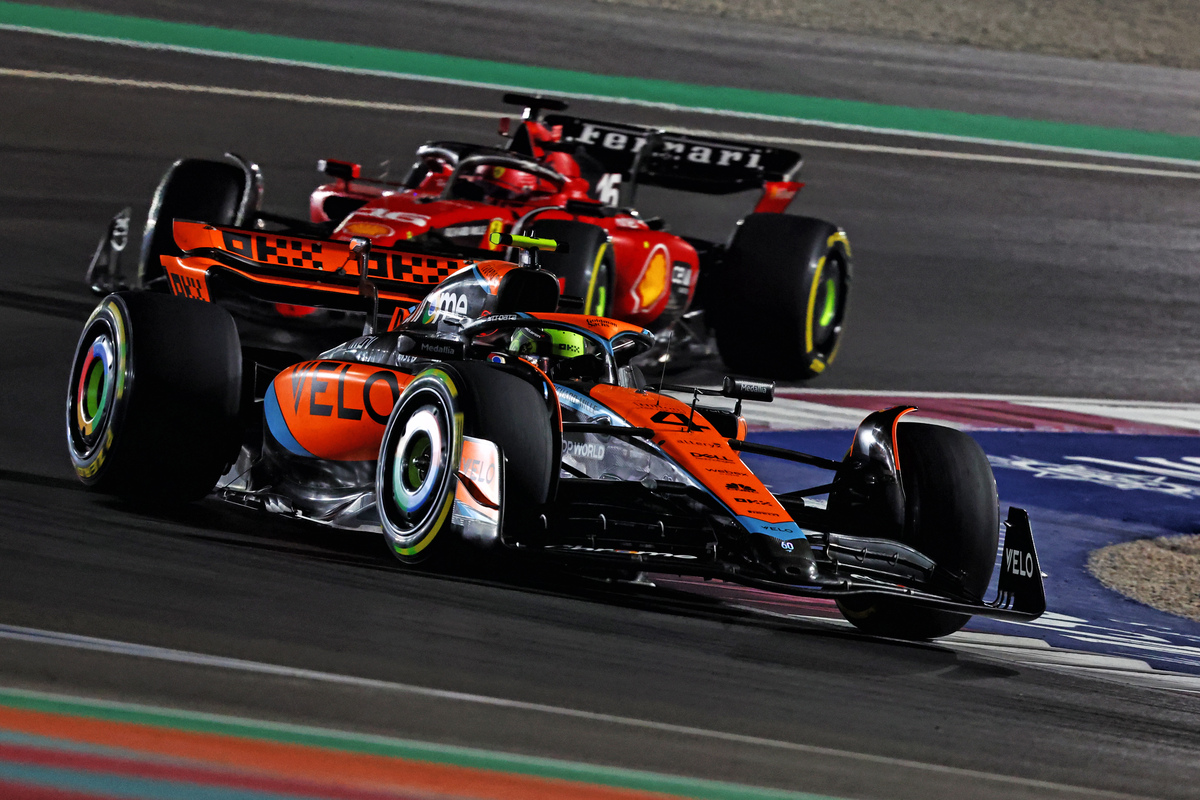

F1 is working to reduce the weight of cars as the sport looks to its next generation of technical regulations.
Set to be introduced in 2026, new rules are designed to shift the needle in terms of electrification of the sport while retaining a reliance on internal combustion.
Power unit manufacturers have already begun work on their engines in anticipation of the changes, which see half of the expected 1000bhp generated through the MGU-K.
Precise technical regulations remain a work in progress, however, with a reduction in weight a primary consideration.
Cars this year weigh 796kg making them the heaviest in F1 history.
The increase in weight comes from a number of sources; the hybrid system, increasingly stringent crash testing requirements, and the fundamental design of the cars and wheels.
A change to the Pirelli tyres for 2023 saw the weight of a set of F1 rubber increase by around 1.4kg – 500g each for the front tyres and 200g for the rears.
“For sure this discussion is very relevant,” F1 boss Stefano Domenicali said when asked about changes to the tyres for the 2026 rules.
“The lead it on the FIA to shape the regulations from the technical perspective.
“We know that there are a lot of new things happening, there is a lot of things that we need to tackle.
“One of them is for sure the weight of the car, and we are thinking how to reduce that in collaboration also with Pirelli to see what could be the solution that can help.
“This is a very important factor for cars.
“There is not only that one, there are other things that they were working to consider a new shape of the car.
“So everything is relevant and everything is relevant to make sure that we, together, can find the right product in order to maximise the performance of the car.”
While F1 has a vested interest in what the next generation of cars look like, and how they race, ultimately the responsibility for formulating the regulations lies with the FIA.
“You will see the FIA is coordinating everything in order to make sure that within the end of spring next year, the regulation has to be fixed as the regulations,” Domenicali noted.
“So a lot of intense months to work together to find the right product and the right specification that will enable the new car to be the fastest possible, the safest possible, and the more performant in respect of what we want to achieve, that is also having great and entertaining racing.”





















Discussion about this post